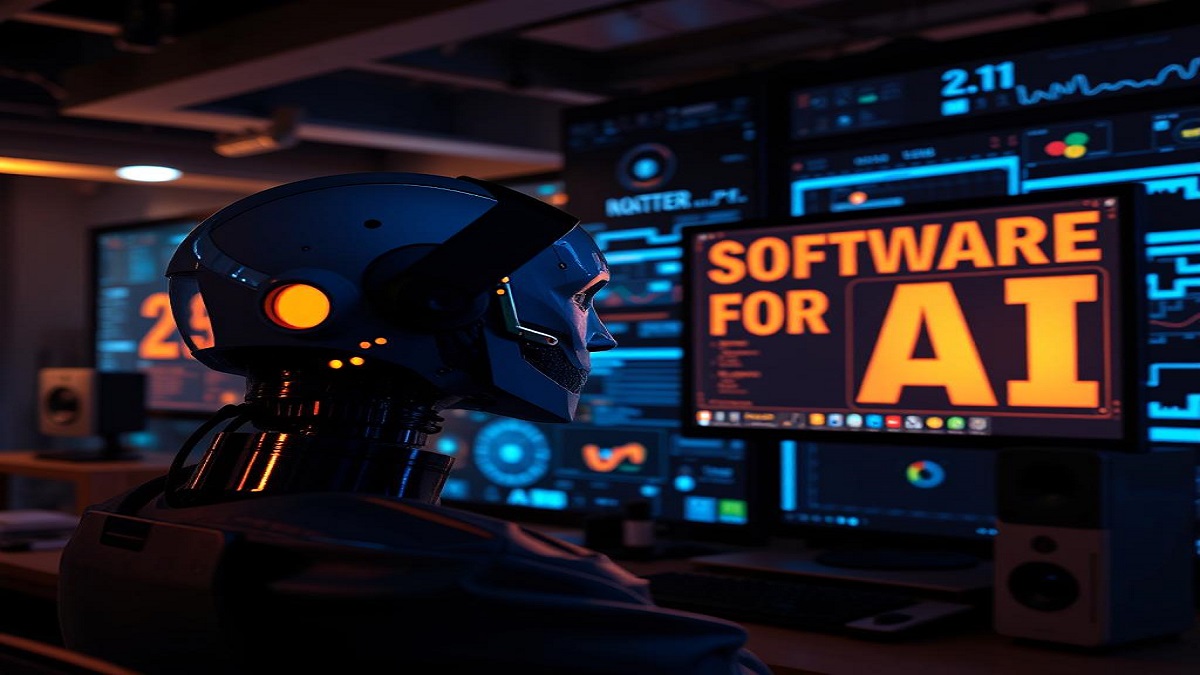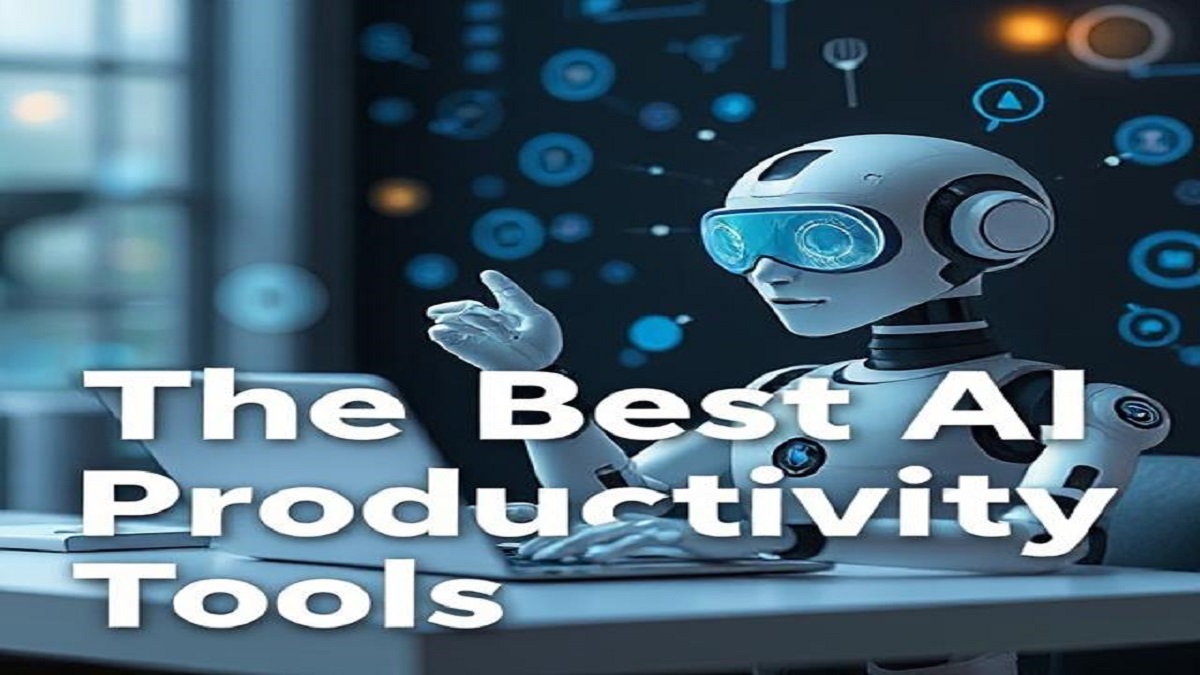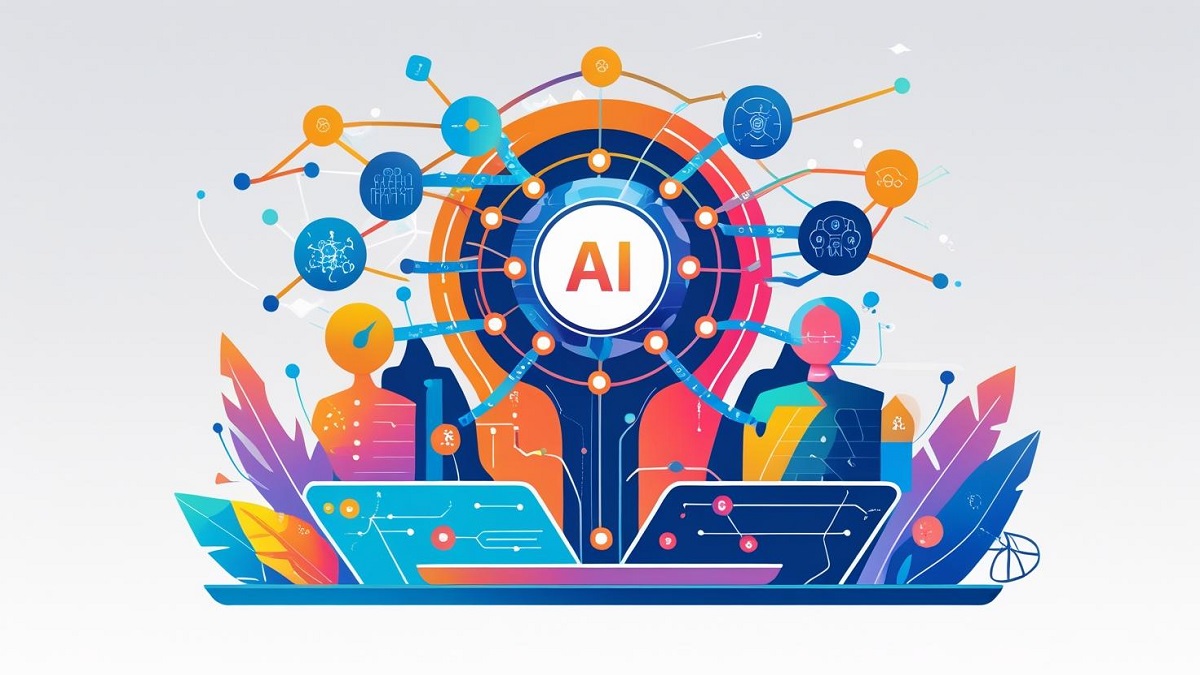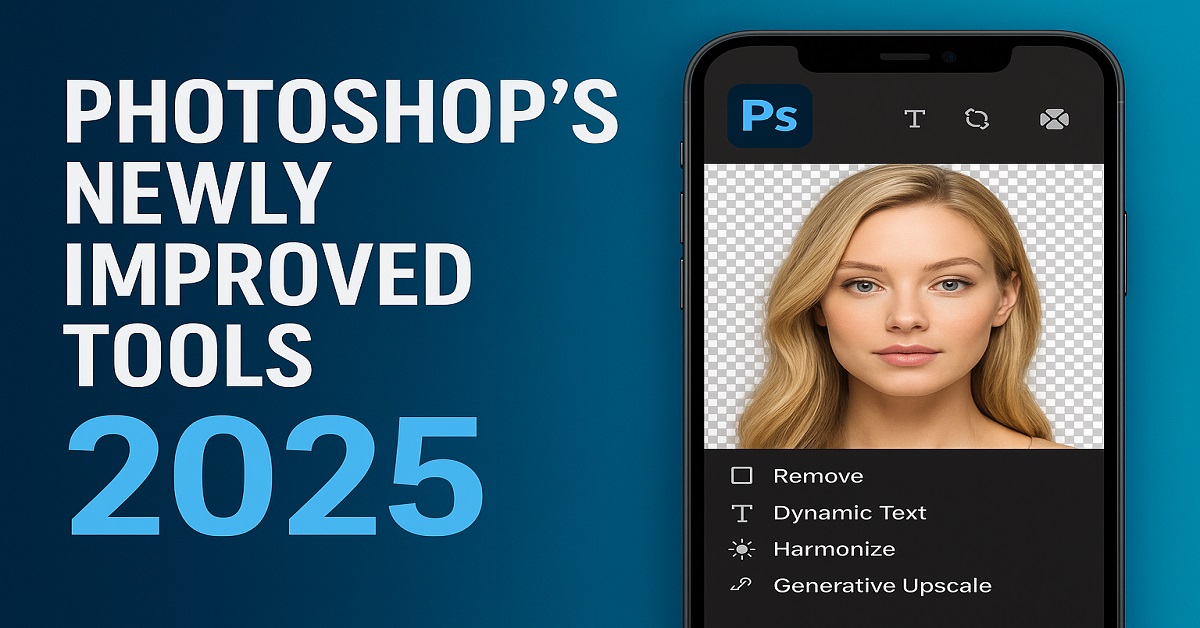Best Software for AI: Top Tools Powering the Future of Artificial Intelligence
Artificial Intelligence (AI) has evolved from a futuristic concept into a core technology transforming businesses, industries, and everyday life. At the heart of this revolution lies powerful AI software designed to build, train, and deploy intelligent systems. Whether you’re a tech entrepreneur, data scientist, or business leader, choosing the right AI software is critical to stay competitive and innovate at scale.
This guide explores the best software for AI, their features, applications, and how they’re shaping the digital landscape.
Why AI Software Matters in 2025

AI software is no longer optional—it’s a necessity. Organizations use it to automate workflows, analyze big data, and deliver personalized user experiences. From chatbots and recommendation engines to advanced computer vision applications, AI software provides:
- Efficiency: Reduces manual work and speeds up decision-making.
- Accuracy: Minimizes human error through advanced data processing.
- Scalability: Handles massive data sets with minimal infrastructure costs.
- Innovation: Powers emerging technologies like generative AI, robotics, and autonomous systems.
Types of AI Software
1. Machine Learning Platforms
Machine Learning (ML) platforms provide developers with tools to build predictive models. They include automated data preprocessing, training modules, and deployment pipelines. Popular examples include TensorFlow and PyTorch, which help developers train deep neural networks with precision and flexibility.
2. Natural Language Processing (NLP) Tools
NLP software enables machines to understand, interpret, and respond to human language. From OpenAI’s GPT models to spaCy and Google Cloud NLP, these tools are essential for chatbots, sentiment analysis, and voice assistants.
3. Robotic Process Automation (RPA) Tools
RPA tools like UiPath and Automation Anywhere automate repetitive business tasks such as data entry, invoice processing, and compliance tracking. They integrate with AI to create intelligent workflows that save time and reduce costs.
4. Computer Vision Frameworks
Computer vision platforms like OpenCV and AWS Rekognition allow developers to build image and video recognition systems. These are widely used in surveillance, self-driving cars, and healthcare diagnostics.
5. Data Analytics and Visualization Tools
Software such as RapidMiner and KNIME combines machine learning with visual analytics, enabling organizations to transform raw data into actionable insights without requiring extensive coding expertise.
Top AI Software to Consider
TensorFlow
Developed by Google, TensorFlow is an open-source ML framework known for its flexibility and scalability. It supports large-scale neural networks and is widely used for deep learning applications, from voice recognition to image classification.
Key Features:
- Extensive library of pre-trained models
- Seamless deployment on cloud, mobile, and edge devices
- Strong community support for quick troubleshooting
PyTorch
Backed by Meta (formerly Facebook), PyTorch is popular among researchers due to its dynamic computational graph and ease of experimentation. It’s an ideal choice for prototyping AI projects and publishing cutting-edge research.
Key Features:
- User-friendly debugging and visualization
- Compatible with popular GPU hardware
- Strong ecosystem of AI tools and libraries
IBM Watson
IBM Watson offers enterprise-grade AI solutions for businesses, including conversational AI, data analytics, and predictive modeling. Its robust tools help organizations create AI applications without starting from scratch.
Key Features:
- Pre-built AI services tailored for industries
- Scalable cloud deployment
- Advanced NLP capabilities for multilingual environments
Microsoft Azure AI
Microsoft Azure’s AI platform integrates machine learning, cognitive services, and cloud infrastructure into one ecosystem. Businesses use Azure AI to build intelligent apps quickly and securely.
Key Features:
- No-code and low-code solutions for rapid development
- Pre-trained vision, speech, and language models
- Enterprise-grade security and compliance
OpenAI API
Known for its cutting-edge language models like GPT-4 and GPT-5, the OpenAI API allows developers to integrate natural language generation, summarization, and reasoning into their applications effortlessly.
Key Features:
- State-of-the-art NLP and generative AI models
- Fine-tuning options for domain-specific applications
- Scalable infrastructure to support high-demand use cases
How to Choose the Best AI Software
Selecting the right AI software depends on your specific use case, technical expertise, and business goals. Consider these factors:
- Ease of Use: Look for platforms with user-friendly interfaces and strong documentation.
- Integration: Ensure compatibility with your existing tech stack.
- Scalability: Choose solutions that grow alongside your data and business demands.
- Cost: Open-source tools are great for startups, while enterprise tools may offer more robust support.
- Community and Support: A large community means faster updates, tutorials, and troubleshooting help.
Applications of AI Software Across Industries
- Healthcare: AI detects diseases, recommends treatments, and accelerates drug discovery.
- Finance: Banks use AI for fraud detection, algorithmic trading, and risk assessment.
- Retail: Personalized shopping experiences, inventory optimization, and demand forecasting.
- Manufacturing: Predictive maintenance and automated quality control.
- Marketing: Customer segmentation, sentiment analysis, and automated ad targeting.
Future Trends in AI Software
AI software is evolving rapidly, with several game-changing trends on the horizon:
- Generative AI: Tools that create realistic text, images, audio, and video content.
- Edge AI: Running AI models directly on devices for faster and more secure processing.
- Explainable AI (XAI): Greater transparency in how AI systems make decisions.
- Low-Code AI Platforms: Simplifying AI development for non-programmers.
Conclusion: Power Your Business with the Right AI Software
Artificial intelligence is no longer just an emerging technology—it’s a core driver of innovation. Choosing the best software for AI empowers organizations to harness data, automate operations, and deliver exceptional value to customers. Whether you’re building advanced neural networks with TensorFlow or leveraging OpenAI’s APIs for natural language tasks, AI software is the key to thriving in the digital era.
By adopting the right tools today, businesses can prepare for a future where intelligent systems lead the way.








